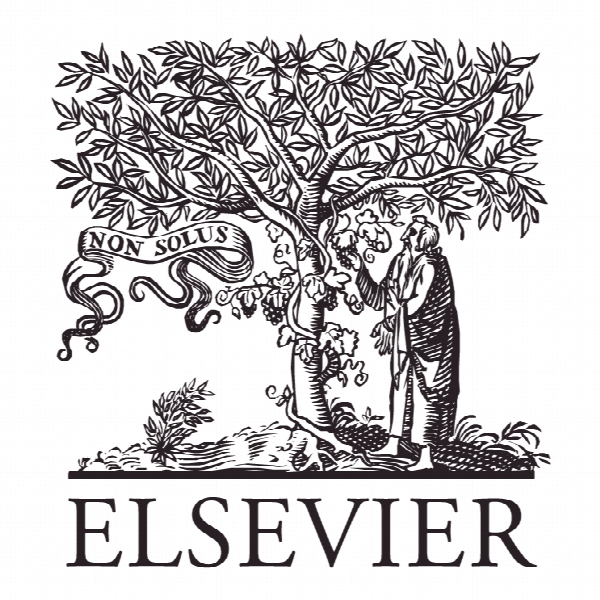مدلسازی و کنترل ریزشبکه مبتنی بر اینورتر Modeling and control of inverter-based microgrids
- نوع فایل : کتاب
- زبان : انگلیسی
- ناشر : Elsevier
- چاپ و سال / کشور: 2018
توضیحات
رشته های مرتبط مهندسی برق
گرایش های مرتبط مهندسی الکترونیک، سیستم های قدرت
مجله IFAC-PapersOnLine
دانشگاه TU Darmstadt – Landgraf-Georg-Str. 4 – Darmstadt – Germany
منتشر شده در نشریه الزویر
کلمات کلیدی انگلیسی Microgrid, inverters, primary control, zero-level control, decentralized control, eigenstructure assignment
گرایش های مرتبط مهندسی الکترونیک، سیستم های قدرت
مجله IFAC-PapersOnLine
دانشگاه TU Darmstadt – Landgraf-Georg-Str. 4 – Darmstadt – Germany
منتشر شده در نشریه الزویر
کلمات کلیدی انگلیسی Microgrid, inverters, primary control, zero-level control, decentralized control, eigenstructure assignment
Description
8. APPLICATION AND SIMULATION For comparability, the system described by Pogaku et al. (2007) is used and displayed in Fig. 4. An operating point close to the one used by Pogaku et al. (2007) is chosen. A slight difference in operating points is unavoidable due to the virtual resistors Pogaku et al. (2007) add between each node and ground. Starting with the controller parameters from Pogaku et al. (2007), the controller parameters are tuned to achieve a better dynamical behavior of the network. We display the resulting controller parameters in Table 1. The corresponding closed loop eigenvalues are shown in Fig. 5. Trying to shift the dominant eigenvalues further to the left quickly shows that this can primarily be achieved by choosing larger bandwidths for the filter (26) parameters ωc as is clear intuitively. However, the filters’ task is to slow down the primary controllers such that they don’t react to higher oscillations induced by the switching processes of the inverters. Since we neglected this switching process in the model, ωc should not be changed. Fixing ωc and trying to dampen and accelerate the slow oscillatory modes at the same time leads to the closed loop eigenvalues denoted by triangles in Fig. 5. The corresponding control parameters are given in the second column of Table I. Because all entries of kP were changed, the better transient behavior is achieved only by giving up on power sharing after a load change. Repeating the procedure while keeping the entries of kP equal, i.e. holding on to power sharing behavior after load changes, resulted in the eigenvalues denoted by squares in Fig. 5. The attempt to also dampen the oscillatory modes of higher frequencies worsened the locations of the slow oscillatory modes and was therefore not further pursued. To demonstrate the improvement in transient behavior, the first experiment conducted by Pogaku et al. (2007) is reproduced: A step change of about 3.8 kW real power of the load connected to vertex 4. We model this by changing the load impedance from 25 Ω to 15 Ω after 0.05 s simulation time. The simulations are conducted using the nonlinear plant model, which is changed accordingly after the incident. Unlike Pogaku et al. (2007), we do not display the low-pass filtered powers Pm, Qm, but PI, QI.


